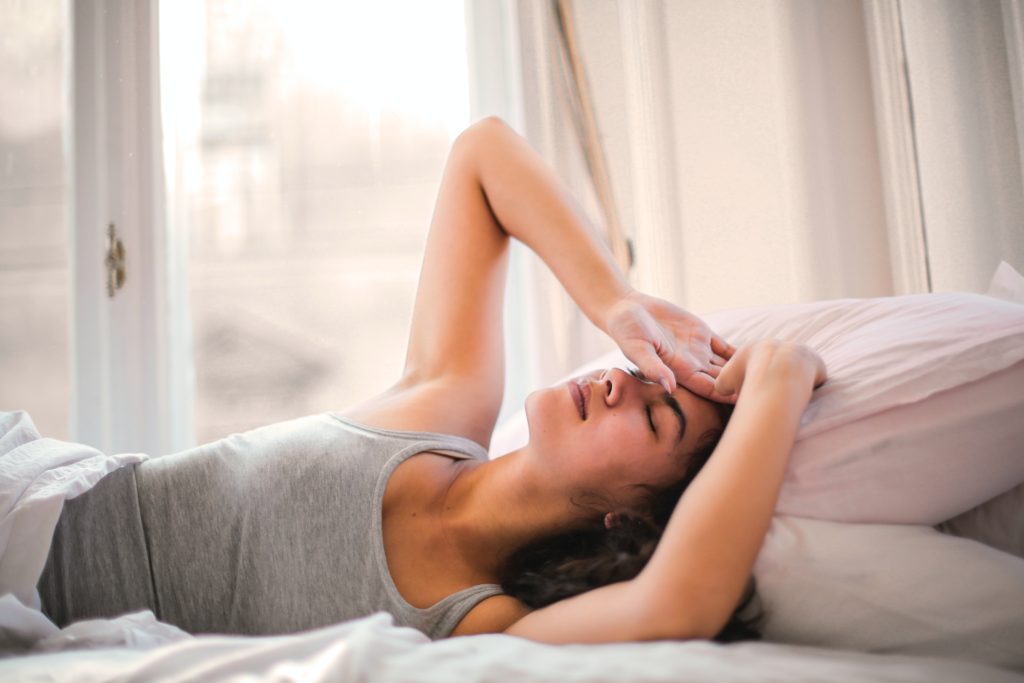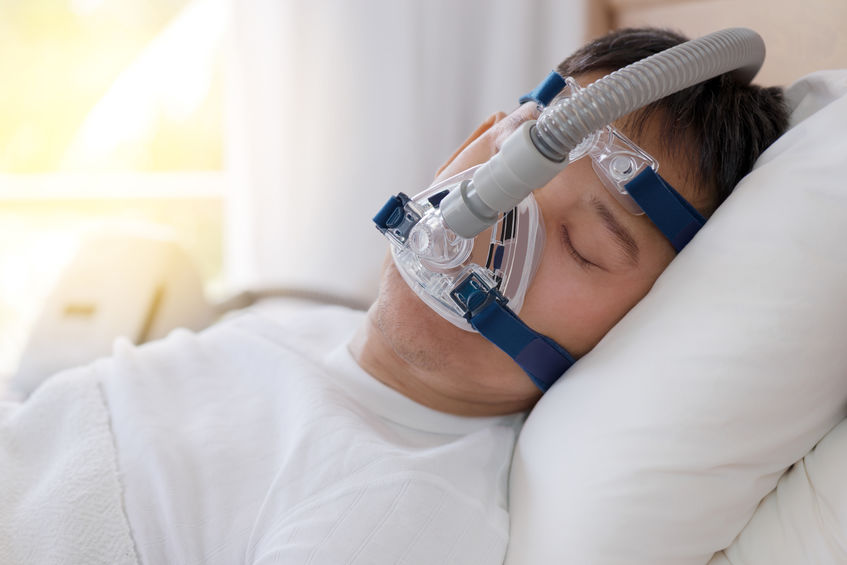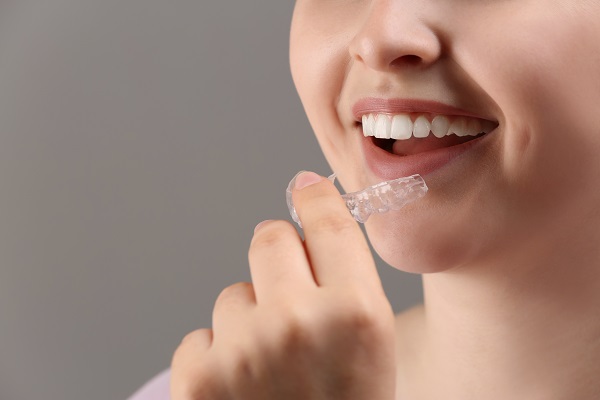What is Obstructive Sleep Apnea?
Many people suffer from a severe lack of quality sleep. Sleep disruption can come from a variety of causes. One cause of sleep disruption is a medical disorder caused by your tongue as it blocks your airway while you sleep. This type of blockage of your airway is called obstructive sleep apnea. About 6 million people in the US have been diagnosed with sleep apnea and it is estimated that 23 million people are suffering the effects of apnea without being diagnosed.
Your tongue is attached to your jaw bone mostly in the front of your mouth. When the muscles in your throat, soft palate and tongue do not work properly, you tongue drops to the back of your throat while you sleep. If the tongue causes a partial blockage, the vibrations of the tongue tissue cause a snoring sound. If the tongue blocks your airway completely, you cannot breath and your body reflexes cause you to grind your teeth, partially wake up, move, kick, and gasp for air.


Who is Affected?
Anyone of any age can have sleep apnea. Traditionally we have thought of overweight men to be at higher risk, but we now know that young children, women, teens, and even physically fit people can have sleep apnea.
Continuous Positive Airway Pressure (CPAP) Machines
A C-PAP/A-PAP is a medical device prescribed by a physician that hooks up to your nose and mouth and blows air. The air pressure pushes the tongue and other tissues out of your airway so that you can breath. This is a very common treatment for OSA, however many people find they cannot tolerate the machine and the side effects from use.


Oral Sleep Appliance
OSA is a dental device that hooks onto your upper and lower teeth while you sleep. The device is specially fitted to you so that it comfortably prevents the lower jaw from slipping back. The tongue is attached to the jaw and when the jaw is positioned forward, snoring and apnea are prevented. This is a more comfortable treatment for sleep apnea.
Surgeries: in some cases surgeries are used to treat obstructive sleep apnea.
What happens if I don’t treat my OSA?
Sleep apnea has been shown to increase risk and severity of heart disease, high blood pressure, heart attacks, cardiac arrhythmias, sexual dysfunction, diabetes, stroke, and other chronic health issues. Sleep apnea results in preventing your body from reaching REM sleep which leads to daytime sleepiness, fatigue, short-term memory loss, early onset dementia and personality disturbances.
How can Myofunctional Therapy help?
The main purpose of myofunctional therapy is to build and strengthen the muscles of the tongue and the airway. While therapy cannot cure apnea, current literature demonstrates that myofunctional therapy decreases apnea-hypopnea index by approximately 50% in adults and 62% in children. Lower oxygen saturations, snoring, and sleepiness outcomes improve in adults. Myofunctional therapy could serve as an adjunct to other obstructive sleep apnea treatments. Studies have shown that some people realize a complete resolution of OSA, most patients find an improvement in their restful sleep, as with all therapy it is possible that you may not experience any improvement at all.
Myofunctional Therapy in Children
Oral Myofunctional Therapy (OMT) is beneficial for adults and children that have already been diagnosed with sleep apnea or snore. The greatest benefit of myofunctional therapy is in children who are first showing signs of obstructed breathing while sleeping. During the formative years, OMT has been shown to help guide palatal and facial development to possibly prevent disordered breathing in adulthood. This is especially beneficial if used in conjunction with orthodontics.
